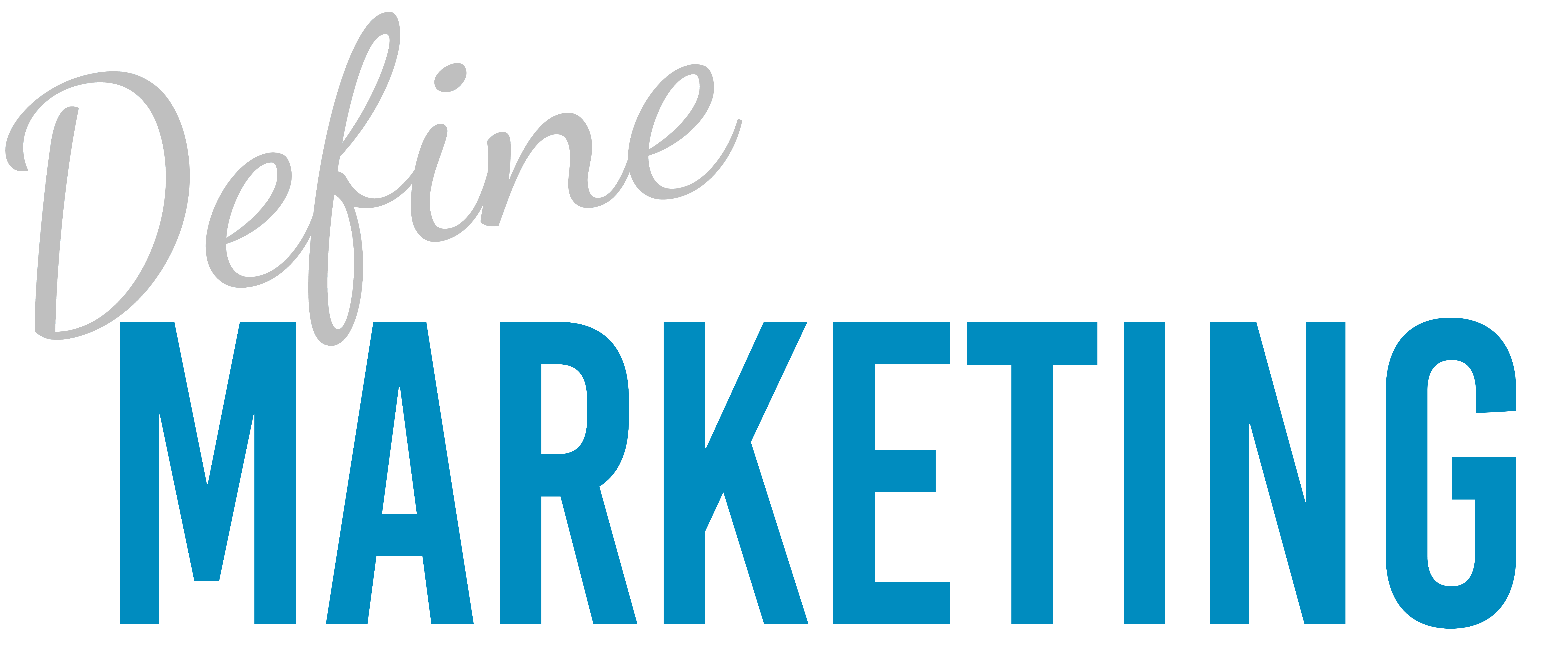Your customers are the heart of your business. Without them, your brand has little value. To create a successful online presence, you need to focus not only on the visual appeal of your website but also on User Experience (UX) Design. In today’s competitive digital landscape, aesthetics alone won’t secure user retention. If you’re aiming for loyal customers, you must prioritize providing a seamless user experience.
So, what is UX design? It’s the process of designing products, systems, or services that deliver meaningful and relevant experiences to users. It’s more than just visuals—it includes everything from navigation to interaction. This article will explore why UX design is more important than ever in 2024 and how it can boost your business success.
1. Better Understanding of Your Ideal Clients
One of the foundational principles of effective UX design is understanding your audience. Who are your users? What are their needs and pain points? What devices do they use to access your site—desktop, tablet, or mobile? These are key questions that a UX design process helps answer.
By thoroughly analyzing your audience, you can create designs that are tailored to their preferences. User research helps you understand your customers’ behaviors and expectations, which results in an engaging and personalized experience. When customers feel understood, they are more likely to trust your brand, stay longer on your site, and convert into loyal clients.
2. UX Design Influences Customer Behavior
A responsive and intuitive UX design builds trust and confidence in your brand. When users can easily navigate your website and find the information or products they need without frustration, they are far more likely to complete a desired action—whether that’s making a purchase, signing up for a newsletter, or contacting your team.
Good UX not only enhances the customer experience but also encourages customer retention. Happy users become loyal customers, and loyal customers become advocates for your brand. When people enjoy a positive experience on your site, they are more likely to recommend your business to others, creating word-of-mouth marketing that drives additional traffic and potential conversions.
3. Less Cost, More Profit
Investing in UX design may seem like a significant expense upfront, but it is actually a cost-effective strategy in the long run. A well-designed UX helps you avoid costly redesigns and minimizes the need for ongoing troubleshooting and updates.
Moreover, by understanding your customers and designing your website accordingly, you’ll be able to increase conversions and drive more profit. An optimized UX helps you streamline the customer journey, reducing friction and guiding users toward the actions you want them to take. This not only leads to higher sales but also reduces the need for large marketing budgets, as a positive user experience naturally leads to higher customer satisfaction and retention.
4. Boost SEO Rankings
A good UX design doesn’t just improve the user experience—it also benefits your search engine optimization (SEO). Search engines like Google prioritize websites that deliver a fast, mobile-friendly, and seamless experience to users. Websites with excellent UX tend to rank higher because they provide relevant, engaging content and easy navigation.
One important SEO factor to keep in mind is mobile responsiveness. More and more users are browsing the web on mobile devices, and Google’s algorithms give preference to mobile-friendly websites. By incorporating responsive design into your UX strategy, you not only improve the experience for mobile users but also boost your site’s visibility in search results.
5. More Design Ideas, More Flexibility
UX design is a continuous, evolving process. By understanding your audience’s diversity, you can come up with fresh ideas and experiment with different design elements. You might learn that users in different demographics prefer different layouts, colors, or call-to-actions (CTAs). By consistently testing and iterating, you can create a more flexible and adaptive user experience.
Each design tweak you make—whether it’s simplifying navigation, updating visuals, or adding interactive features—allows you to improve the site’s usability. More design options give you the opportunity to create a more personalized experience for each segment of your audience, leading to higher engagement and better customer satisfaction.
Conclusion
As we move into 2024, investing in UX design is essential for any business aiming for growth and success. A strong UX design helps you better understand your clients, enhance their journey on your website, boost your SEO rankings, and ultimately drive higher profits. In today’s fast-paced digital landscape, businesses that prioritize user experience are more likely to succeed and stay competitive.
If your website still lacks a robust UX design strategy, now is the time to invest in it. With the right approach, you can create an engaging, intuitive, and user-friendly website that converts visitors into loyal customers.
At Define Marketing, we specialize in creating user-centric web designs that not only look great but also deliver exceptional performance. Whether you need a complete UX overhaul or just a few tweaks to optimize your site, our experienced team is here to help.


